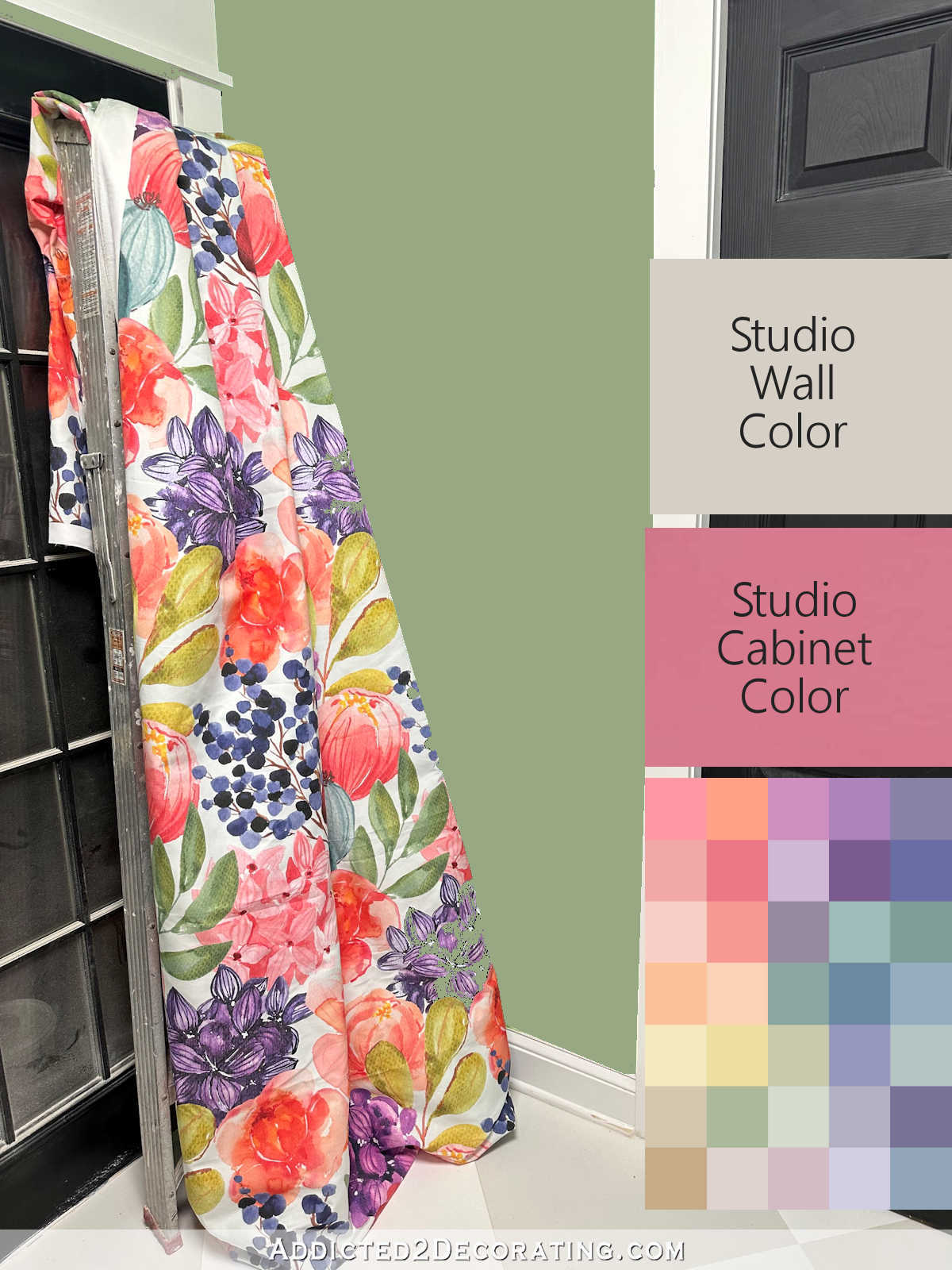[ad_1]
There is a rarity about blue flowers that appeal to most gardeners. Many flowers are called blue, but comparatively few are a pure blue. Catalogs in general make little distinction between blue and tones of purple. And in association with other colors, blue is scarcely less valuable than white. It conflicts with none, it softens most, and it heightens many. The Anchusas (pronounce it an-keu’-sah) bear blue flowers that are truly blue and make lovely garden pictures in combination with many other flowers.
Anchusa is a member of the Borage Family and is related to Forget-me-not, Heliotrope, Pulmonaria, Mertensia and other useful garden plants. There are annual, biennial and perennial kinds. In the colder sections of the country, the biennial kinds are best treated as annuals. All make good sized clumps of rather coarse, usually hairy foliage from which the leafy stalks, bearing loose clusters of small blue flowers, rise to a height of one-and-a-half to five or six feet. They are not particular as to soil, but the richer the soil, the ranker the growth. They thrive in either sun or partial shade.
Anchusas grow readily from seeds, and spring sown seeds (except those of A. myosotidiflora) germinate readily in from 15 to 20 days. The seeds are about the size of mustard seeds and are easily handled in a cold frame. The plants are also easily increased by division.
A. capensis Blue Bird, called the Cape Forget-me-not, has brilliant indigo blue flowers on compact plants 15 to 18 inches tall. It blooms all summer. It is sometimes listed as a biennial, but in most sections of the country should be treated as an annual. There are other named hybrids of A. capensis which are listed by some nurserymen.
A. barrelieri is a two-foot perennial of bushy growth. It has small deep blue flowers with white and yellow centers very early in the spring. In some sections, it proves to be biennial.
Anchusa italica and its varieties are hardy perennials. A. italica Dropmore variety has rich gentian-blue flowers on plants three to five feet tall.
A. italica Opal makes stately plants five to six feet tall with light blue flowers borne in attractive trusses. Both this variety and the Dropmore variety make gorgeous garden pictures combined with any of the Oriental Poppies. A. italica Feltham Pride is said to be an improved form more compact in habit. It is also a hardy perennial. The four-foot plants are a mass of brilliant blue forget-me-not like flowers in June. A. italica Morning Glory is a lovely new introduction that is said to be reliably perennial.
The ever popular Russian Forget-me-not, A. myosotidiflora, is the loveliest of all. Early in the spring (April in my garden) it begins to bloom as soon as the leaves break through the soil and it continues until the plant makes a mound of heart-shaped foliage 18 inches high that is almost hidden by sprays of flowers in a glorious shade of blue. It is one of the finest plants for a low border or large rock garden. In the border it is charming with Daffodils and early Tulips with the double white Arabis at their feet. In the rock garden, planted at the top of a slight slope that is covered with Polyanthus in shades of palest yellow to deepest red, it makes an eye-arresting picture. It is one of those rare plants that revels in partial shade. It is very hardy and a long-lived perennial.
Seeds of A. myosotidiflora sown in spring require 30 to 60 days to germinate and germination is variable and irregular. Fall sowing in an open seed bed gets good results. In the rock garden, where the soil is not disturbed by digging, they self-sow prolifically and each spring there are many baby plants. This Anchusa is easily increased by division and transplants readily.
Blue is a peaceful color and gives depth to the landscape. When it is worn by such versatile plants as the Anchusas, which ask so little in the way of soil or position, the ingenious gardener will use it generously to soften some aspects of his landscape, to glue a sunny garden a shadowy, cool look, to give depth and change from too many bright flowers, and to intensify those colors which mingle with it to best advantage.
By R. BOBBITT, (N. Y.)
[ad_2]
Source link








 + Planting String of Watermelon Succulents
+ Planting String of Watermelon Succulents  with Garden Answer
with Garden Answer


